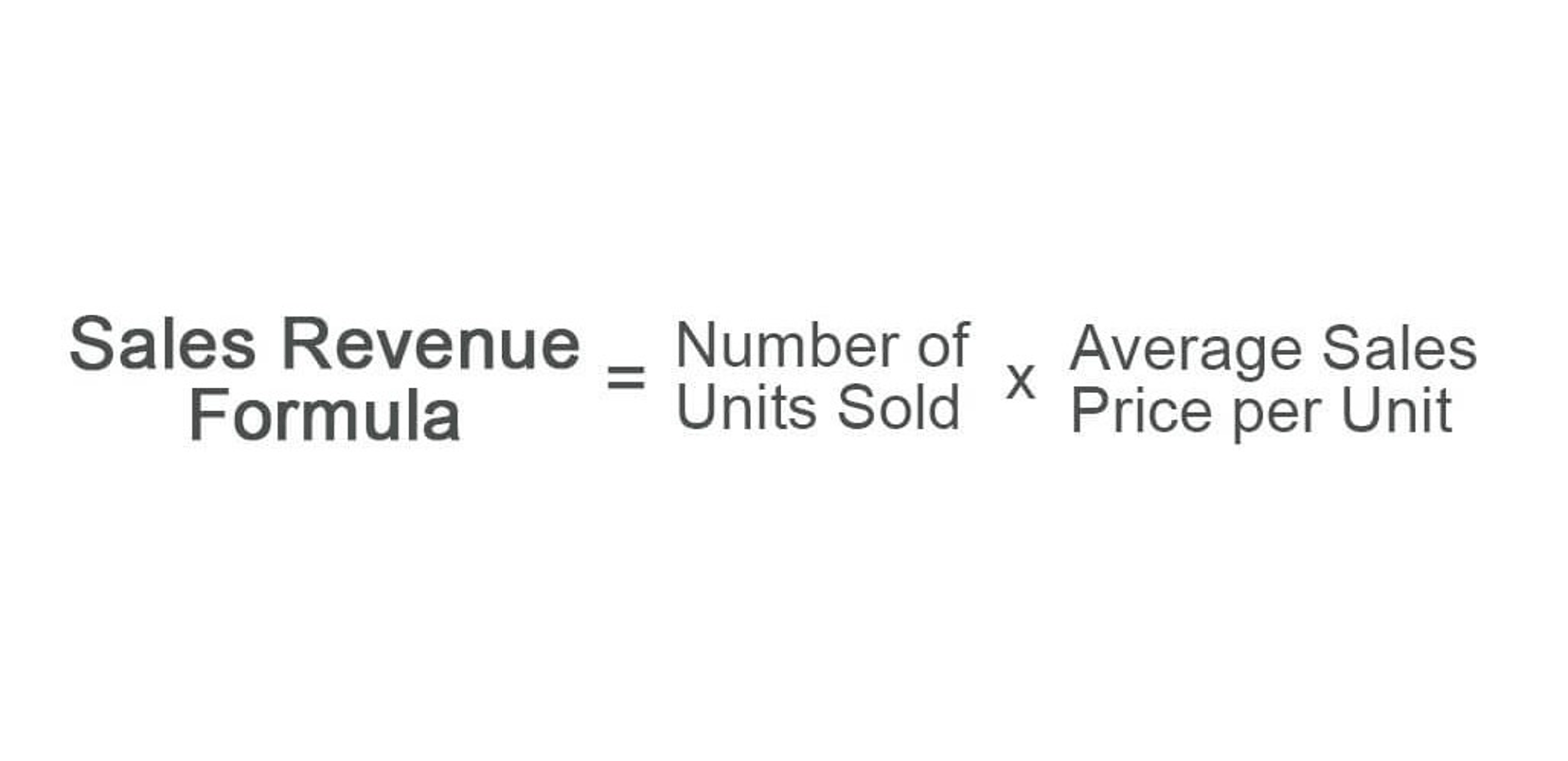
An average tax rate is the ratio of the total amount of taxes paid, T, to the total tax base, P, (taxable income or spending), expressed as a percentage. If a company pays different rates on the first $100,000 in earning than the next $100,000, it will sum up the total tax paid and divide it by $200,000 to calculate the average tax rate. Progressive taxes are a system where individuals with higher incomes pay a higher percentage of their income in taxes. Flat taxes entail a uniform tax rate applied to all income levels, with everyone paying the same percentage of their income in taxes. The choice between these systems often reflects societal values and personal beliefs, as each can be seen as “fair” in certain contexts. They may result in a proportionately higher tax burden on lower-income individuals.
Regressive tax
- Canada, the United Kingdom, and many European countries also use progressive tax systems.
- Your marginal tax rate is the highest rate that your income gets taxed.
- In addition to their direct impact on taxpayers, taxes affect the distribution of income by raising the revenue needed to finance public spending, and by shaping taxpayers’ behaviours.
- Other examples include poll taxes and the capped portion of the Federal Insurance Contributions Act (FICA) payroll deductions.
- But there’s no evidence that Venezuela is purposefully sending “millions” of people from mental institutions and prisons to the U.S.
A proportional tax is commonly called a flat tax, which assesses the same tax rate on everyone regardless of income. Proponents of proportional taxes argue they encourage consumers to spend more because there is no tax penalty for higher earnings. A sales tax can be considered a type of proportional tax since all consumers, regardless of earnings, must pay the same fixed rate. The sales tax rate applies to goods and services, and the income of the purchaser is not a part of the equation.
Do you already work with a financial advisor?
- Take your learning and productivity to the next level with our Premium Templates.
- It is designed to ensure that those who earn more pay a higher percentage of their income in taxes than those who earn less.
- The United States government operates a complicated tax system — one in which the President, a billionaire, can pay $750 in federal income taxes two years in a row thanks to perfectly legal tax breaks.
- A Form 1040 return with limited credits is one that’s filed using IRS Form 1040 only (with the exception of the specific covered situations described below).
Generally, it is thought that lower-income earners live in less expensive homes, thus partially indexing property taxes to income. Although the fee is the same amount, it constitutes a more significant burden on the family with the lower income, again making it a regressive tax. The costs of climate change, pollution and biodiversity loss are high and rising. Broad policy action, including through taxation, is needed to avert large losses and avoid irreversible loss of sustainability. OECD tax and carbon pricing data reveal a large potential to strengthen the use of tax instruments to curb climate change and pollution and to encourage circularity in the economy.
Fact check: Did Trump end catch and release?
Another criticism is related to the potential reduction in government revenue. Since flat taxes often result in lower rates for the wealthy, there’s concern that the government might struggle to fund essential services and social programs adequately. Some argue it’s just easier to raise more money when wealthier people have to pay more money in taxes. The primary argument is that flat taxes can be regressive, placing a proportionately higher burden on lower-income individuals. Since everyone pays the same percentage regardless of income, those with lower earnings might feel the impact more base on the proportion of their income they have to pay.
As a result, the average tax burden increases along with a taxpayer’s income. High-income taxpayers end up paying a disproportionately higher share of taxes while low- and middle-income taxpayers pay a lower share of taxes. When taxable income falls within a particular tax bracket, the individual pays the listed percentage of tax on each dollar that falls within that monetary range. Progressive tax, tax that imposes a larger burden (relative to resources) on those who are richer. Its opposite, a regressive tax, imposes a lesser burden on the wealthy. A progressive tax progresses to higher tax rates as taxable income increases.

The term “progressive” describes a distribution effect on income or expenditure, referring to the way the rate progresses from low to high, where the average tax rate is less than the marginal tax rate. The term can be applied to individual taxes or to a tax system as a whole; a year, multi-year, or lifetime. Progressive taxes are imposed in an attempt to reduce the tax incidence of people with a lower ability-to-pay, as such taxes shift the incidence increasingly to those with what is the defining feature of a progressive tax? a higher ability-to-pay. The opposite of a progressive tax is a regressive tax, where the relative tax rate or burden increases as an individual’s ability to pay it decreases. Progressive taxes work by creating a tiered pay table for income taxes, assigning low rates to people in the lowest income levels, and a larger share of the tax burden to those who earn the most taxable income. It may help to look at the 2023 tax rate brackets for US federal income taxes as an example.
Which of these is most important for your financial advisor to have?
He’s willing to, as we say, rip the baby out of the womb in the ninth month and kill the baby. Nobody wants that to happen, Democrat or Republican; nobody wants it to happen,” Trump said. Biden may have been referring to a Senate immigration bill that he backed, which earned the union’s endorsement. What’s more, Biden’s also significantly overstating how much insulin cost before the change. A 2022 report by the Department of Health and Human Services found that patients using insulin spent an average of $434 annually on insulin in 2019 — not $400 a shot.

Once the minimal criteria defined by the according government is met, the recipient becomes the payer. How much you ultimately pay in taxes depends on several factors, including whether you’re single or married, what tax deductions are available to you, and of course, how much you earn. The annual maximum you can pay in Social Security tax is capped at $9,932.00 in 2023, whether you earn $160,200 or $1 million. Employers pay an additional 6.2% on behalf of their workers, and self-employed individuals must pay both halves on earnings up to the wage base.


